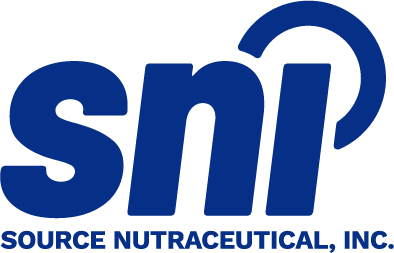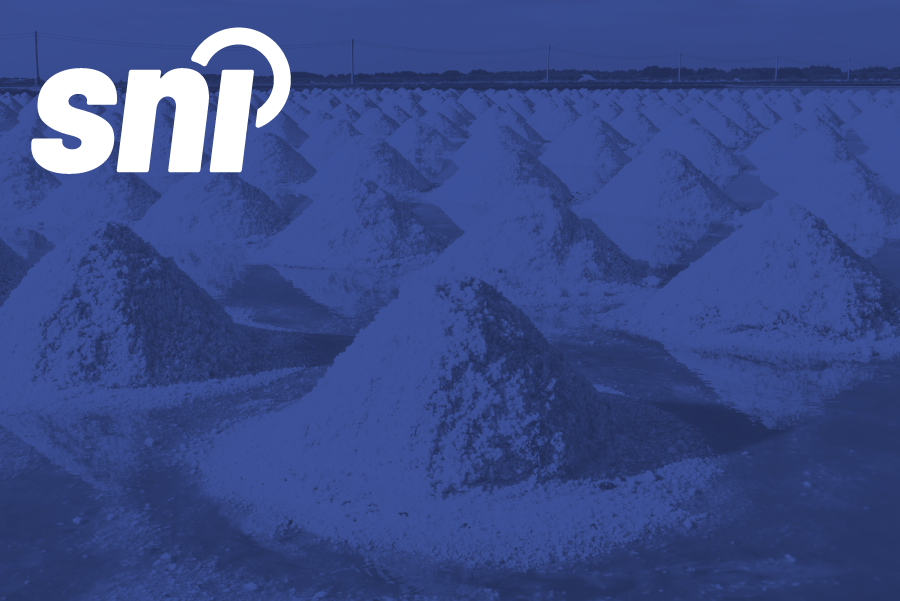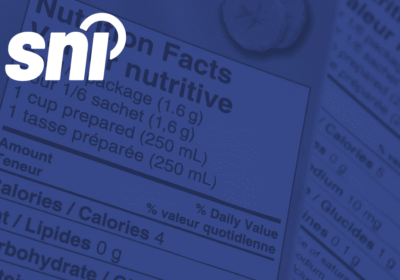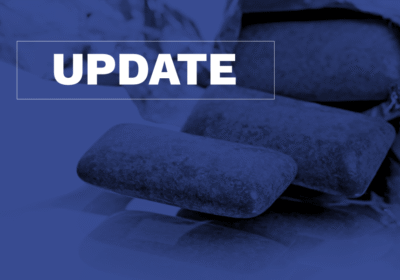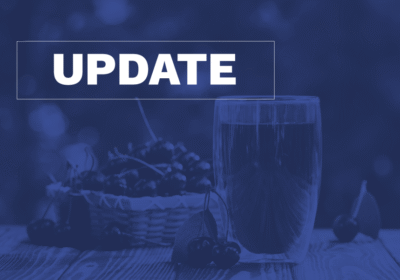Health Canada’s Food and Nutrition Directorate has recently published an interim report on sodium reduction efforts in processed foods. While certain product categories have demonstrated progress, others have experienced an increase in sodium content.
Excessive sodium intake remains a leading dietary risk factor in Canada, contributing to elevated blood pressure, cardiovascular disease, and stroke. Notably, the majority of sodium consumed by Canadians originates from processed and pre-packaged foods rather than discretionary salt use. Accordingly, sodium reduction within the food supply continues to be a central component of Canada’s Healthy Eating Strategy.
This post provides a high-level summary of the report’s findings and examines their alignment with the forthcoming front-of-package nutrition labelling requirements.
Background on Canada’s Voluntary Sodium Reduction Targets
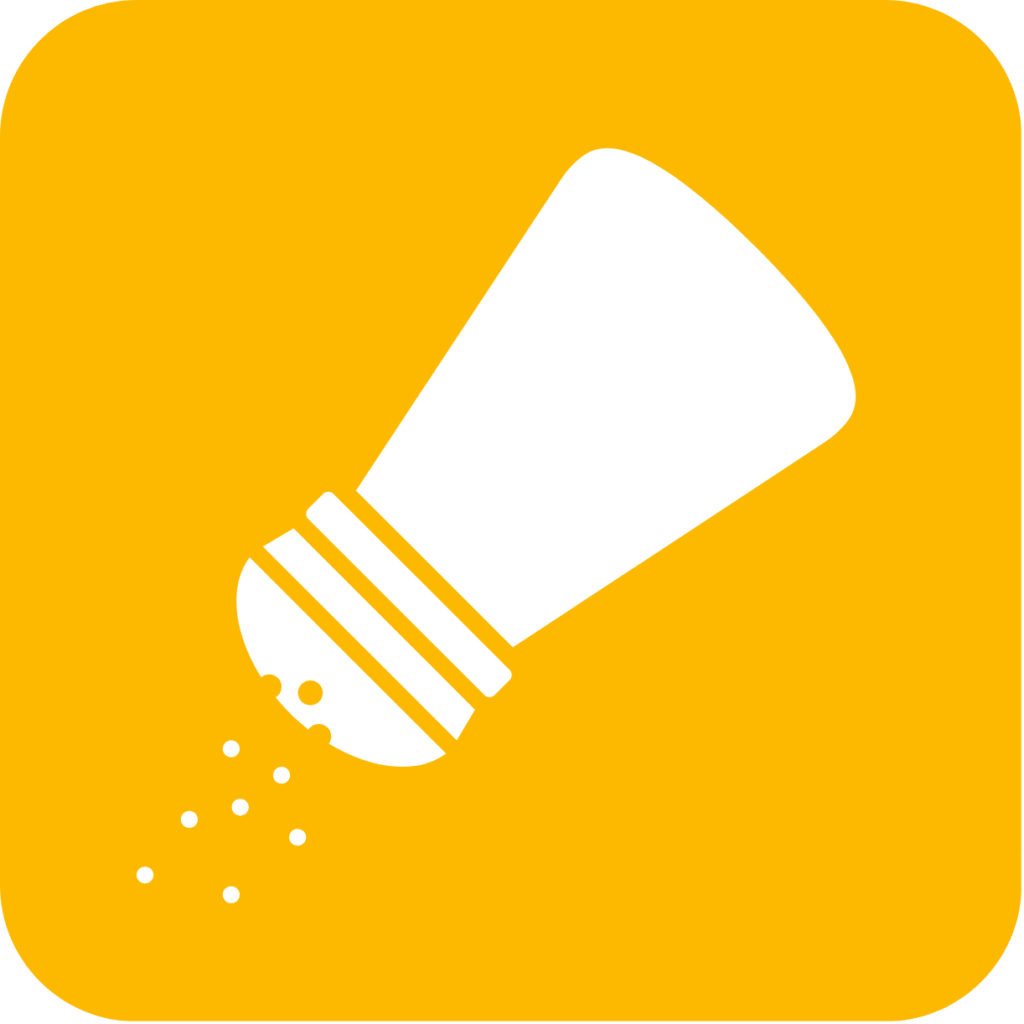
In 2012, Health Canada introduced voluntary sodium-reduction benchmark targets for 94 processed food categories. Progress by 2017 was limited, so the targets were revised in 2020 to focus on high-contributing categories with two benchmarks: a sales-weighted average (SWA) that reflects commonly purchased foods and a maximum sodium limit for individual products. The aim is to help Canadians reduce sodium consumption to below 2,300 mg per day.
Interim Results from the 2023–2024 Assessment
Between October 2023 and July 2024, Health Canada collected sodium data from 1,283 products across nine processed food categories, including bakery items, soups, cheeses, and sauces. The SWA results were compared to 2017 baselines and 2025 targets.
Key findings:

- Hearth breads, such as artisan loaves, showed the most progress, achieving nearly 40 percent of the reduction needed to reach the 2025 targets.
- Other categories such as white bread, savoury breads, processed cheese, and soups showed only modest improvements.
- Pizza crust, tomato sauce, whole wheat breads, and ready-to-eat cereals increased in sodium content compared to 2017.
- While some high-sodium products reached their individual maximums, most SWAs remain well above the 2025 goals.
Food Industry Responsibilities and FOP Labelling

Health Canada expects the food industry to take a proactive role in reducing sodium levels by reformulating products to align with both the sales-weighted average (SWA) targets and maximum sodium limits established for each food category. Reformulation not only supports public health objectives but also helps companies prepare for evolving regulatory requirements and consumer expectations.

To complement sodium reduction efforts, Health Canada introduced mandatory front-of-package (FOP) nutrition labelling regulations in 2022. Under these regulations, prepackaged foods that exceed 15% of the Daily Value for sodium per serving (or 10% for products marketed to children) must display a standardized “High in Sodium” symbol on the front of the package. This symbol is designed to be simple, visible, and easy to understand, allowing consumers to quickly identify foods high in nutrients of public health concern.

The introduction of FOP labelling aims to empower consumers to make more informed choices at the point of purchase while encouraging manufacturers to reformulate their products to avoid the symbol altogether. Products that carry the “High in Sodium” warning may face decreased consumer appeal, especially as public awareness around sodium intake continues to grow. Together, the sodium reduction targets and FOP labelling policies form a two-pronged strategy – one that relies on both supply-side reformulation and demand-side transparency to improve the overall nutritional quality of the Canadian food supply.
Public Health Implications

High sodium intake is a major contributor to hypertension, heart disease, and stroke – leading causes of death and disability in Canada. While Canada’s voluntary approach has led to limited progress, countries with mandatory sodium limits, such as South Africa and the UK, have achieved far more substantial reductions. Evidence suggests that mandatory measures result in faster, more consistent reformulation across the food supply.

Modelling shows that full compliance with Canada’s sodium targets could prevent thousands of premature deaths each year and significantly reduce healthcare costs. It could also help improve health equity by ensuring that healthier, lower-sodium foods are more accessible to all Canadians. With the 2025 deadline fast approaching, stronger policy tools may be needed to meet national health objectives and reduce the burden of chronic disease.
What Comes Next?
Health Canada has stated that further monitoring will take place after 2025. However, with the deadline quickly approaching, the food industry must act quickly to reformulate high-sodium products and avoid falling further behind.
This interim report offers a clear signal: progress is not happening fast enough, and stronger commitments are needed to align food offerings with national health objectives.
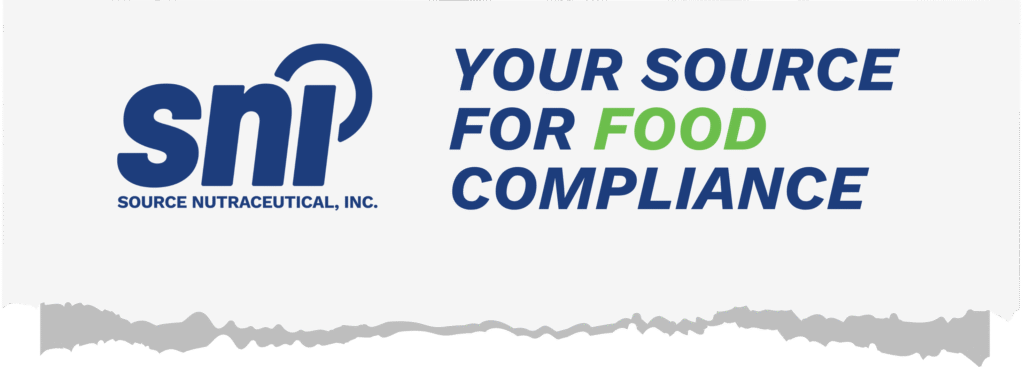
Navigating Sodium Reduction and FOP Labelling? SNI Can Help.
As Health Canada strengthens its focus on sodium reduction and front-of-package (FOP) labelling requirements, SNI is here to support your team with expert regulatory guidance. From Nutrition Facts Table updates and ingredient assessments to FOP symbol compliance and strategy, we help ensure your products meet current labelling standards and align with consumer expectations. Our team provides clear, actionable solutions to help you stay compliant and competitive in a changing regulatory landscape.
🥐 More about our services here.
💡 Compliance is easy with the right support!
📩 info@sourcenutra.com
⬇️ Send us a request for support or an introductory call
FAQ
What are Canada’s voluntary sodium reduction targets?
Canada’s sodium reduction targets include a sales-weighted average sodium level for processed food categories and a maximum sodium limit for individual products. These benchmarks are intended to guide manufacturers in lowering sodium across the food supply.
Why use a sales-weighted average (SWA)?
A sales-weighted average reflects sodium levels based on the popularity of products in each category. This method offers a more accurate picture of sodium intake than a simple average by giving more weight to high-volume items.
Which food categories have shown the most improvement?
Hearth breads, such as artisan-style loaves, made the most progress toward the 2025 targets. Other categories have shown minimal change or increased sodium levels.
How effective are voluntary sodium targets?
Voluntary targets have had limited success in achieving substantial reductions. Many global case studies suggest that mandatory sodium limits result in greater reformulation and improved public health outcomes.
How can the food industry prepare before 2025?
Manufacturers can prepare by auditing sodium levels across their product lines, reformulating where necessary, complying with FOP labelling requirements, and ensuring internal teams are aligned with Health Canada’s expectations.
✷ The content on this website, including information presented in this post, is provided for general informational purposes only and does not constitute legal, regulatory, or professional advice. While efforts are made to ensure accuracy, laws and regulations vary by jurisdiction and may change over time. Readers should not rely on this information as a substitute for advice from qualified legal or regulatory professionals. We disclaim any liability for actions taken based on this content, and users are encouraged to seek guidance specific to their circumstances.
